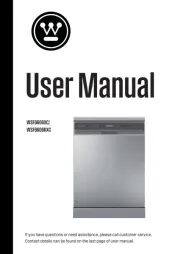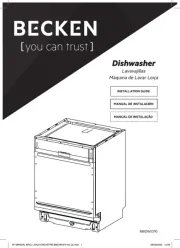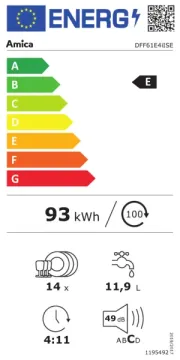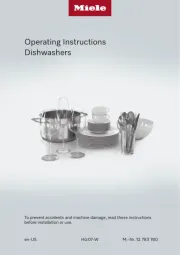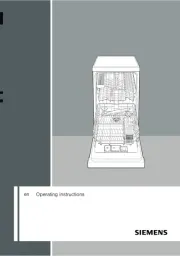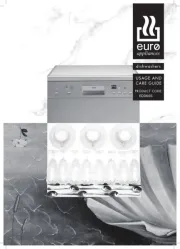Smeg DI13EF2 Manual
Læs gratis den danske manual til Smeg DI13EF2 (43 sider) i kategorien Opvaskemaskine. Denne vejledning er vurderet som hjælpsom af 89 personer og har en gennemsnitlig bedømmelse på 5.0 stjerner ud af 45 anmeldelser.
Har du et spørgsmål om Smeg DI13EF2, eller vil du spørge andre brugere om produktet?

Produkt Specifikationer
| Mærke: | Smeg |
| Kategori: | Opvaskemaskine |
| Model: | DI13EF2 |
| Bredde: | 598 mm |
| Dybde: | 570 mm |
| Højde: | 818 mm |
| Vægt: | 42000 g |
| Pakkevægt: | 43700 g |
| Pakkedybde: | 670 mm |
| Pakkebredde: | 650 mm |
| Pakkehøjde: | 890 mm |
Har du brug for hjælp?
Hvis du har brug for hjælp til Smeg DI13EF2 stil et spørgsmål nedenfor, og andre brugere vil svare dig
Opvaskemaskine Smeg Manualer
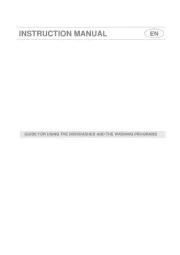
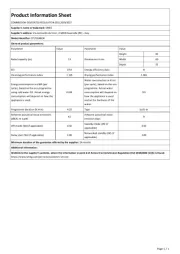
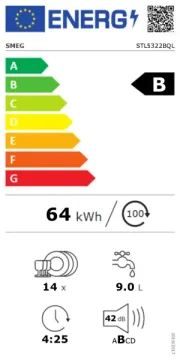
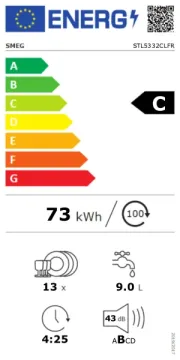

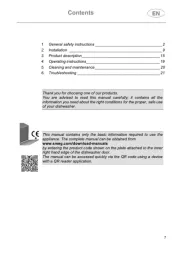
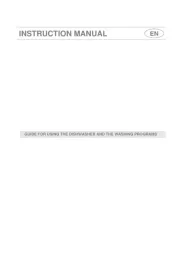
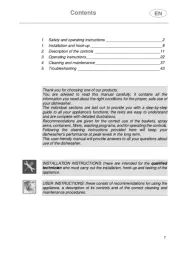
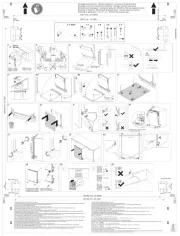
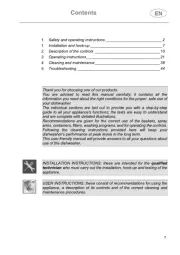
Opvaskemaskine Manualer
- Jackson
- Currys Essentials
- Defy
- Ikea
- Altus
- Rex
- Winterhalter
- New Pol
- Benavent
- Daewoo
- Seiki
- Kunft
- Esatto
- Mabe
- Holland Electro
Nyeste Opvaskemaskine Manualer

